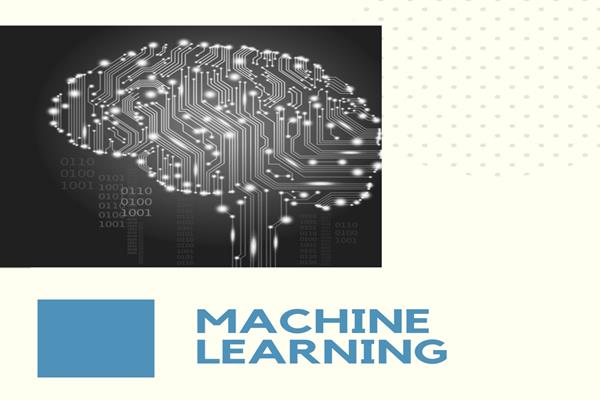Basics of Machine Learning
Have you ever thought, How Email companies decide that a message should go to the Spam box or not? How can it take such a human-like decision? The answer is Machine Learning, with the help of Machine Learning the algorithms are made is such a manner that they are able to decide whether that particular email should go into the main email folder or spam. Another example of machine Learning could be How Netflix recommends you movie and shows that you may like. Google self-driving cars have also made it to the list of technologies which use Machine Learning.
As with any concept, machine learning may have a slightly different definition, depending on whom you ask. Here are some practical definitions from reputable sources:
“Machine Learning at its most basic is the practice of using algorithms to parse data, learn from it, and then make a determination or prediction about something in the world.” – Nvidia
“Machine learning is the science of getting computers to act without being explicitly programmed.” – Stanford
“Machine learning is based on algorithms that can learn from data without relying on rules-based programming.”- McKinsey & Co.
So, Machine Learning is the science to enable the computers to act and make data-driven decisions rather than being explicitly programmed thus making them act like humans do and improve their learning over time by exposing them to new data..”
Machine learning algorithms are often categorized as
- Supervised
- Unsupervised
- Semi-supervised
- Reinforcement learning algorithm
Supervised machine learning algorithms
This kind of MLA can apply what has been learned in the past to new data using labeled examples which then predicts future events.
The learning algorithm requires humans to provide both input and a target output, and the algorithm learns by comparing its actual output with correct outputs to find errors. It then makes changes in the model accordingly. If the result equals target output a positive feedback is sent else if the result deviates from the target output, a negative feedback is sent to which the machine adjusts the weights and gain perform computations. This process is repeated until the result is equal to the target output. Once training is complete, the algorithm will apply what was learned to new data.
The algorithm uses methods like classification, regression, prediction, gradient boosting.
Semi-supervised machine learning algorithm uses both labeled and unlabeled data for training – mostly a small amount of labeled data and a large amount of unlabeled data. The systems that use this method are able to considerably improve learning accuracy.
Unsupervised learning algorithm does not need to be trained with desired outcome data. It must figure out what is being shown. It uses deep learning to review data and arrive at conclusions. The goal is to explore the given data and find some structure within the data.
The popular technique includes self-organizing maps, nearest-neighbor mapping, and singular value decomposition. These algorithms are also used to segment text topics.
Reinforcement machine learning algorithms is a learning method that interacts with its environment by producing actions and discovers errors or rewards. Trial and error search and delayed reward are the most relevant characteristics of reinforcement learning. This method allows machines and software agents to automatically determine the ideal behavior within a specific context in order to maximize its performance. Simple reward feedback is required for the agent to learn which action is best; this is known as the reinforcement signal.





